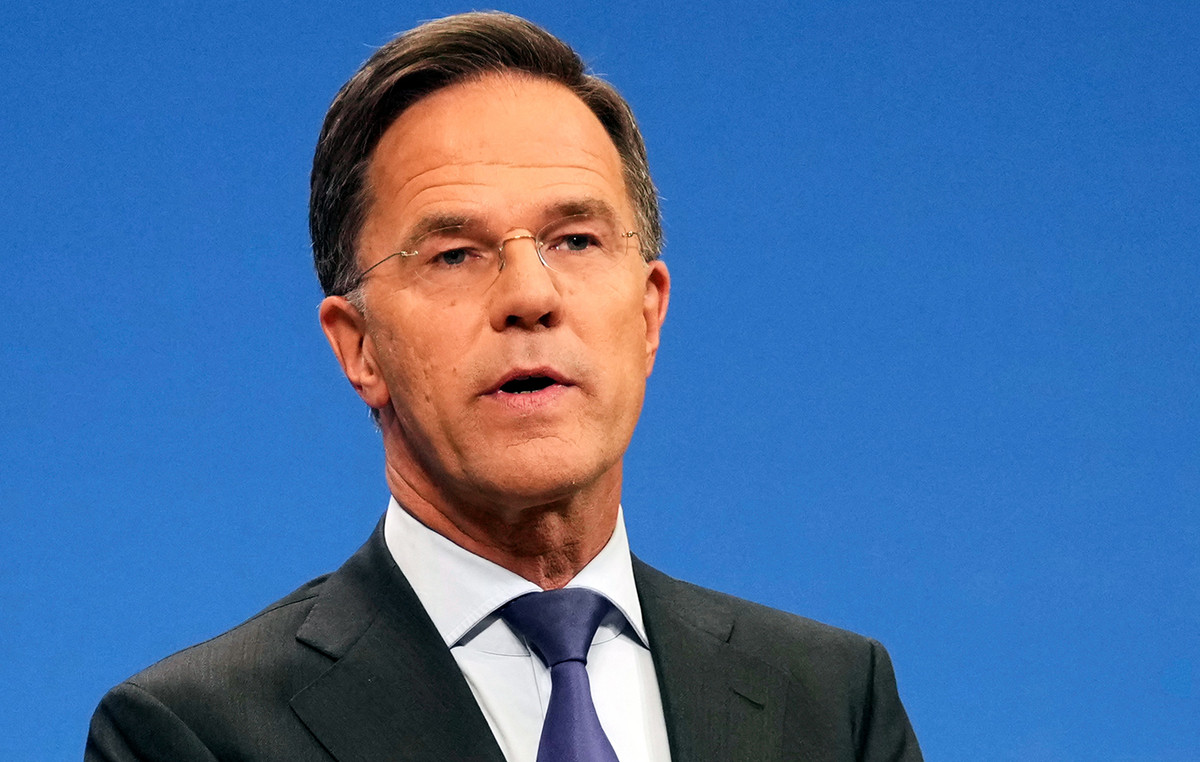- GBP/USD is trading in negative territory for the fifth consecutive day near 1.2685 in the Asian session on Thursday.
- US inflation rose to 2.6% year-on-year in October, as expected.
- Investors await BoE Governor Andrew Bailey’s speech on Thursday.
The GBP/USD pair extends the decline to near 1.2685 during Asian trading hours on Thursday. A rally in the US Dollar (USD) to the highest level since November 2023 weighs on the major pair. Bank of England (BoE) Governor Andrew Bailey will speak later on Thursday.
Data released by the US Bureau of Labor Statistics on Wednesday showed that the US Consumer Price Index (CPI) was in line with expectations, rising 2.6% year-on-year in October. Meanwhile, the core CPI, which excludes the more volatile food and energy categories, rose 3.3% year-on-year in October, matching the estimate. Markets expect the US Federal Reserve (Fed) to stay the course to cut rates at its next meeting in December.
“There are no surprises with the CPI, so for now the Fed should be on track to cut rates again in December. Next year is a different story, however, given the uncertainty around possible tariffs and other policies of the Trump administration,” said Ellen Zentner, chief economic strategist at Morgan Stanley Wealth Management.
Fed officials remain cautious about rate cuts. On Wednesday, Dallas Fed President Lorie Logan said the U.S. central bank should proceed cautiously on future interest rate cuts to avoid inadvertently reigniting inflation. Additionally, St. Louis Fed President Alberto Musalem stated that persistent inflation figures make it difficult for the US central bank to continue reducing rates. Traders are increasing their bets on another quarter-percentage-point rate cut in December, albeit at a slower pace, until mid-2025.
On the UK front, BoE policymaker Catherine Mann said monetary policy is impacting inflation more quickly than economic theory suggests, allowing the central bank to wait before making big rate cuts. of interest. Traders have fully priced in just two quarter-point rate cuts by the end of 2025, which would put the BoE behind other major central banks.
Traders will take further cues from the BoE’s Bailey speech later on Thursday for fresh impetus. Less dovish comments from the UK central bank could support the British Pound (GBP) against the GBP.
The British Pound FAQs
The British Pound (GBP) is the oldest currency in the world (AD 886) and the official currency of the United Kingdom. It is the fourth most traded foreign exchange (FX) unit in the world, accounting for 12% of all transactions, averaging $630 billion a day, according to 2022 data. Its key trading pairs are GBP/ USD, which represents 11% of FX, GBP/JPY (3%) and EUR/GBP (2%). The British Pound is issued by the Bank of England (BoE).
The most important factor influencing the value of the Pound Sterling is the monetary policy decided by the Bank of England. The Bank of England bases its decisions on whether it has achieved its main objective of “price stability” – a constant inflation rate of around 2%. Its main tool to achieve this is the adjustment of interest rates. When inflation is too high, the Bank of England will try to control it by raising interest rates, making it more expensive for people and businesses to access credit. This is generally positive for sterling, as higher interest rates make the UK a more attractive place for global investors to invest their money. When inflation falls too much it is a sign that economic growth is slowing. In this scenario, the Bank of England will consider lowering interest rates to make credit cheaper, so that companies will take on more debt to invest in projects that generate growth.
The data released measures the health of the economy and may affect the value of the pound. Indicators such as GDP, manufacturing and services PMIs and employment can influence the direction of the Pound.
Another important data that is published and affects the British Pound is the trade balance. This indicator measures the difference between what a country earns from its exports and what it spends on imports during a given period. If a country produces highly in-demand export products, its currency will benefit exclusively from the additional demand created by foreign buyers seeking to purchase those goods. Therefore, a positive net trade balance strengthens a currency and vice versa in the case of a negative balance.
Source: Fx Street
I am Joshua Winder, a senior-level journalist and editor at World Stock Market. I specialize in covering news related to the stock market and economic trends. With more than 8 years of experience in this field, I have become an expert in financial reporting.




.jpg)


